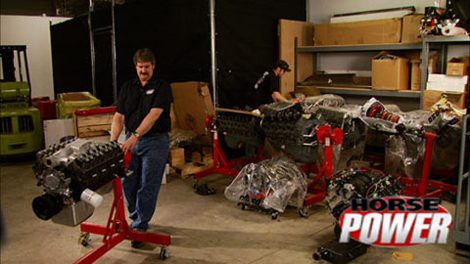HorsePower Builds
Want more content like this?
Join the PowerNation Email NewsletterParts Used In This Episode
Fitch
Drop in fuel catalysts.
Hypertech
Max Energy Power Programmer and Max Energy E-CON economy Power Programmer.
ITW Dymon
Dykem STEEL BLUE layout fluid, dye remover and cleaner, SCRUBS hand cleaner towels.
Matco Tools
Die grinder.
PX3 Lubricants
PX3 Xtreme oil booster.
Summit Racing
K&N Stubstack.
WD-40
Spray Lubricants.





























